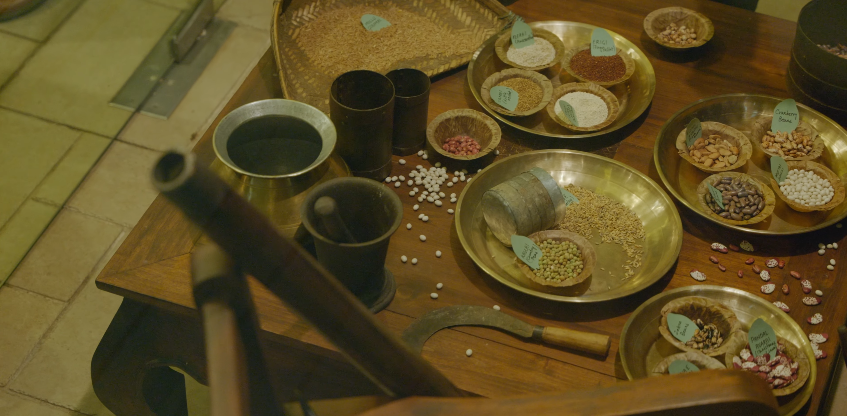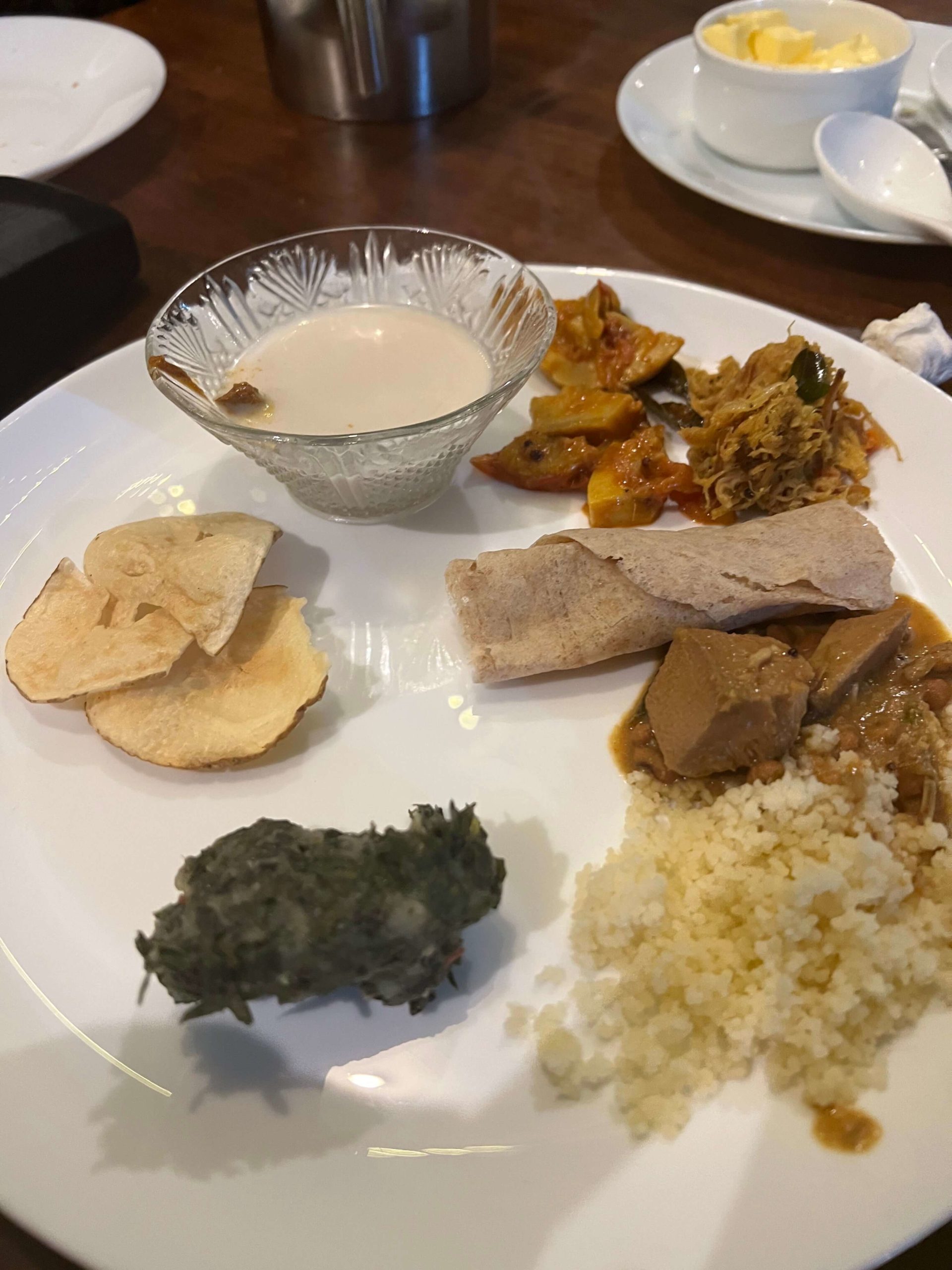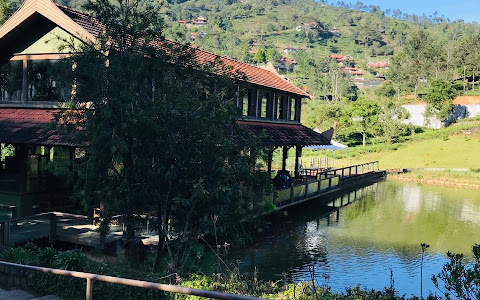My great-grandfather’s name was Emmai Matha. There were many Mathas among the Badagas, and so there was a need for a distinction as in ‘Emmai’ (buffalo). Herding buffalos was his trade. The tales of all the dairy and milk products and their use in daily food were some of the earliest food stories my mother used to tell us. It was a heritage cherished by her.
At the heart of Badaga cuisine lay the mindful incorporation of local millets – the delicate Samai (barnyard millet) and the robust Ragi (finger millet), fused with the bounty of godumai (wheat) cultivated in the Nilgiris. As the sun would rise, the breakfast or the brunch menu would be mixed with milk, curd, buttermilk, butter, and ghee, infused seamlessly into the grainy goodness. Sometimes, a medley of avarai (beans), kallai (local peas), or tharangini (yearlong beans) would lend their zesty notes to those seeking an energetic start to the day, and at times, varieties of spinach accompanied these morning feasts.

Pranoy Biswas
We would go off to the fields with our pockets filled with the ganjikai, a popped grain of mysterious origins (barley or buckwheat, perhaps) as my mother would describe it.
Amidst the golden fields, the sweet indulgence of Keerai hittu (Amaranthus seeds), cooked with sugar or honey and tied up in cloth, would be a treat. For heartier fare, wheat pancakes – thick (Dhotti) and thin (Pothittu) – would grace the Badaga palate, and as the day progressed, bread and buns dipped into aromatic tea or coffee would become a cherished ritual.
Exploring the surrounding sholas with eager curiosity, we savored the seasonal delights of Andole hannu (bilberry), Thouvitta hannu (Hill guava), Mulli hannu (Hill Raspberry), Nairal hannu (Hill Jamoon), and Bikki hannu (native olive), each imbued with its flavour. Some fruits (I don’t know the exact names) – the reddish-orange Kollangal Hannu, the regal purple Jakkal Hannu, and the resplendent Mole Hannu have also been a part of our diet.
After the first summer showers, we awaited the tender emergence of Ootakudi – a delicacy of tender bamboo shoots prized above the mature Bidukudi available year-round. As the monsoon season arrived, thunder and lightning would herald the rare delight of Goodu Goodu koonu, the mysterious thunder mushrooms that may have been akin to the fabled “chicken of the forest.” Amidst the grasslands, the serendipitous sprouting of akki koonu (thin and delicate white mushrooms still found in people’s gardens nowadays) added an ethereal touch to our culinary explorations.
As the sun set on the horizon, we had the humble millets again, accompanied by gravies and vegetables, their flavors dancing on our tongues. When it came to meat, the crackling hearths would witness dried venison, smashed and served with eggs, an absolute favorite among us. Yet, the surrounding sholas held more surprises – rabbit, wild boar, barking deer, sambar, jungle fowl, porcupine, and the occasional Malabar squirrel – diversions from our staple fare. In later years, the comforting aroma of chicken and mutton every week became a cherished tradition.



Isabel Anjali
During the festivals, the air would shimmer with the anticipation of signature dishes prepared in the grand iron fry pans filled with pure ghee. The revered Tuppatha-hittu(food made with pure ghee), whole wheat beaten and fried to perfection, has been an iconic part of Badaga’s rich culinary heritage. Alas, in recent times, this dish is known as Ennai-hittu, (food prepared with oil) still delectable, yet no match for its original glory. Among the sweet offerings at festivals, the enchanting Hatchikai, a mix of barnyard millet with milk and coconut, and the luscious Keerai-hittu with milk, jaggery, or sugar delighted our senses. Traditionally, Bella Gangi (barnyard millet with jaggery) remained an exclusive indulgence reserved for new mothers, adding an aura of celebration to their joyous moments.
A Badaga festival or celebration isn’t complete without Pattu Saraya, moonshine, or homemade country liquor made from jaggery or potato. Like a rite of passage, everyone drinks Pattu Saraya, including women. Its taste is similar to that of delicate vodka.
I hope Pattu Saraya can be a legal drink – it’s a must-try.
Embracing the traditions handed down through generations, Dr. Suresh Belliraj, with his family’s passion and culinary finesse, has curated a diverse spread at Riverside Retreat Community’s Odae restaurant. The location and the simplicity of dhaba-style food are great to experience. While the Badaga-inspired meal, crafted with love by Suresh’s sister, Chitra Devaraj, and his mother, Meenakshi Belliraj, promises to tantalize your taste buds.


